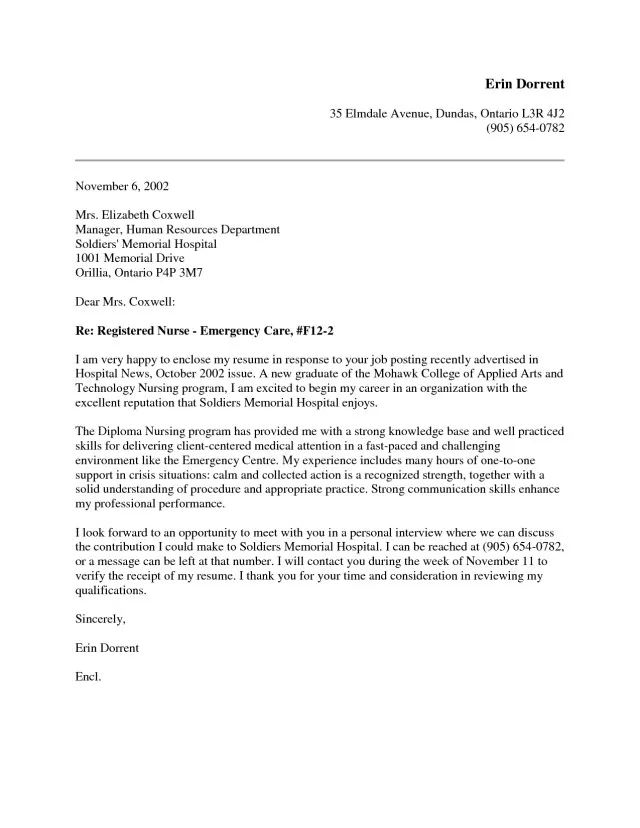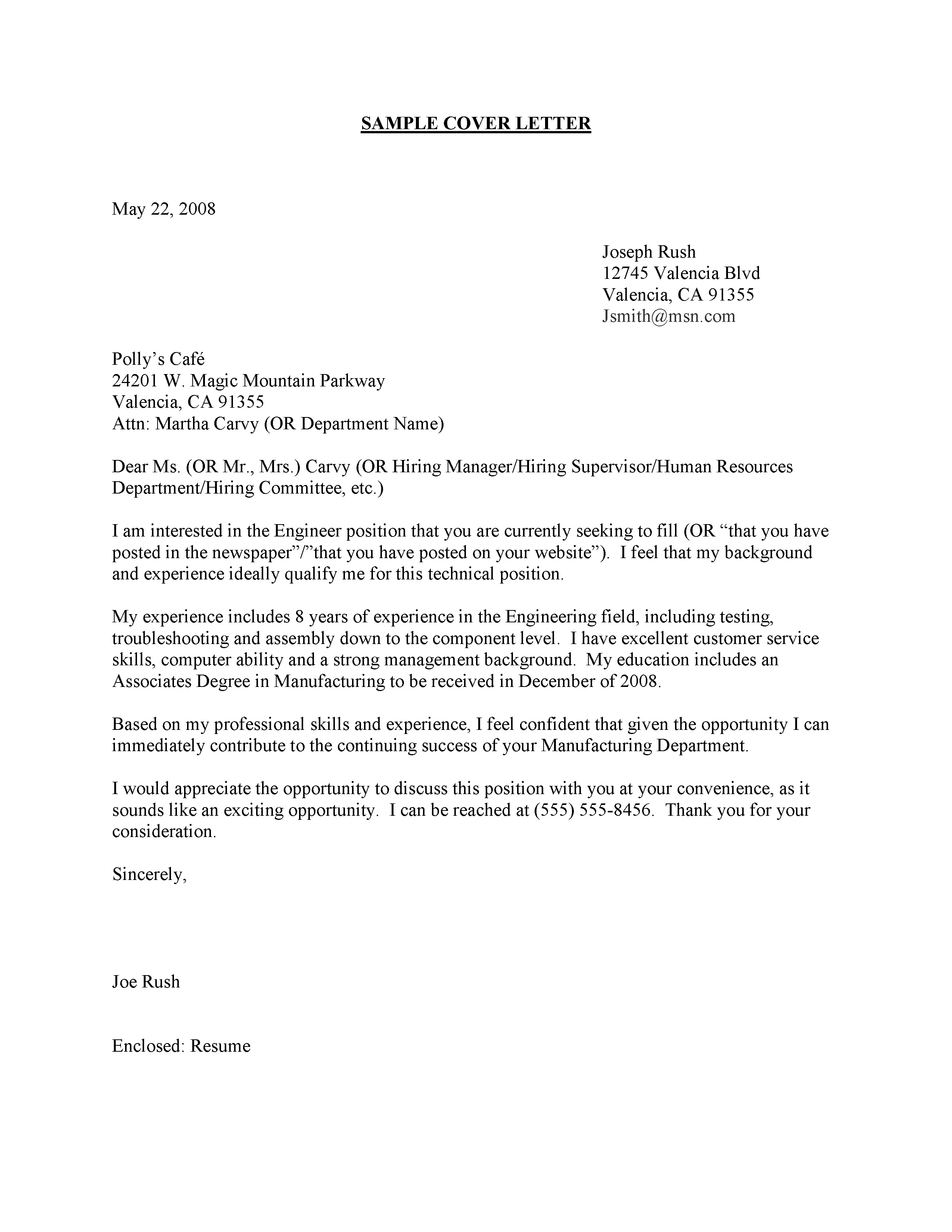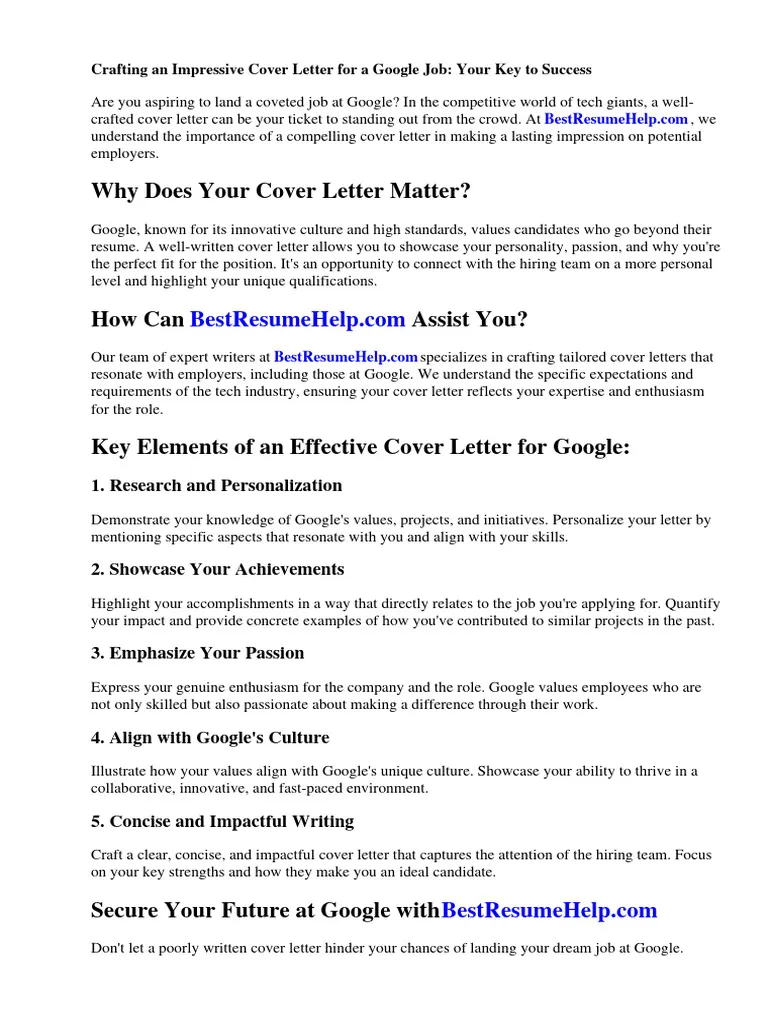Understanding Google Search and SEO
In today’s digital landscape, a strong online presence is crucial for any business or individual aiming to reach a wider audience. At the heart of this presence lies search engine optimization (SEO), a strategic process designed to improve your website’s visibility in search engine results pages (SERPs). Google, being the dominant search engine, holds the key to unlocking significant traffic and potential customers. Understanding how Google search works and the principles of SEO is the foundational step in optimizing your website for success. This comprehensive guide will help you navigate the intricacies of Google search and implement effective SEO strategies to elevate your online presence and drive organic traffic to your website.
How Google Works
Google’s search algorithm is a complex system that crawls the web, indexes content, and ranks websites based on various factors. When a user enters a query, Google scans its index to find the most relevant results. This process involves several key stages including crawling, indexing, and ranking. Crawling is the process where Google’s bots, known as crawlers or spiders, discover and scan content on the internet. Indexing is the process of organizing and storing this content in Google’s vast database. Ranking involves determining the order in which search results are displayed, based on factors such as relevance, authority, and user experience. Understanding these core processes is vital to optimizing your website to meet Google’s standards.
The Importance of SEO

SEO is the cornerstone of online visibility. Without effective SEO, your website might be lost in the vast expanse of the internet, unseen by potential visitors. SEO ensures that your website ranks higher in search results, making it more accessible to users searching for information related to your content or business. High rankings lead to increased organic traffic, which can translate into more leads, sales, and brand recognition. By optimizing your website for Google, you’re not only improving your visibility, but also building credibility and trust with your audience. SEO is a long-term strategy, and the ongoing effort and investment pays off handsomely by driving consistent and relevant traffic to your site.
Keyword Research for Google
Keyword research is the foundation of any successful SEO strategy. It involves identifying the terms and phrases your target audience is using when searching for information, products, or services related to your website. Properly researched keywords guide content creation and optimization efforts, ensuring your website addresses user queries and increases chances of ranking higher in search results. By understanding what your audience searches for, you can create content that meets their needs and attracts targeted traffic to your website. Keyword research is a continuous process, requiring regular analysis and adaptation to changing search trends and user behavior.
Identifying Relevant Keywords
Identifying the right keywords involves a blend of understanding your business, your audience, and the competitive landscape. Begin by brainstorming a list of topics and keywords related to your niche. Consider what your target audience would search for when looking for your products or services. Use these initial ideas to expand your list, adding variations, long-tail keywords (longer, more specific phrases), and related terms. Analyze your competitors’ websites to see which keywords they are targeting. This helps to identify opportunities and gives you ideas to create better content. The goal is to build a comprehensive list of relevant keywords that aligns with your business goals and user search intent.
Using Keyword Research Tools

Keyword research tools are invaluable for uncovering valuable keyword opportunities. These tools provide data on search volume, competition, and related keywords, which can inform your content strategy. Popular keyword research tools include Google Keyword Planner, Ahrefs, SEMrush, and Moz Keyword Explorer. These tools allow you to identify high-volume, low-competition keywords that are easier to rank for. You can use them to analyze keyword trends, discover long-tail keywords, and assess the competitiveness of specific terms. By regularly using keyword research tools, you can refine your keyword strategy, identify new opportunities, and stay ahead of the competition.
On-Page Optimization for Google
On-page optimization focuses on improving the elements within your website to increase its rankings in search results. This involves optimizing the content, code, and structure of your web pages to align with Google’s ranking factors. On-page optimization is an essential component of SEO and gives you direct control over what search engines see and how they interpret your content. It is a series of techniques that improves user experience and helps search engines understand the context and relevance of your website.
Title Tags and Meta Descriptions
Title tags and meta descriptions are crucial for both SEO and user experience. The title tag is the HTML element that specifies the title of a web page, displayed in search engine results and browser tabs. A well-crafted title tag includes the primary keyword, and accurately describes the page’s content, keeping it concise and compelling. The meta description is a brief summary of the page’s content that appears under the title in search results. A compelling meta description, also including the primary keyword, can entice users to click on your listing. Both are key elements for improving click-through rates and attracting relevant traffic. Optimize title tags and meta descriptions for every page.
Header Tags and Content Structure

Proper content structure, using header tags (H1-H6), helps search engines understand your content’s hierarchy and context. Header tags organize your content logically, making it easier for both search engines and users to navigate. Use H1 tags for the main title of the page, and subsequent header tags (H2, H3, etc.) for subheadings and subsections. Include relevant keywords in your header tags to signal the topic of each section. Well-structured content improves readability, user experience, and SEO performance. Breaking up your content with headings and subheadings makes it easier to scan, which also improves user engagement.
Image Optimization for Google
Optimizing images is a critical aspect of on-page SEO, as it improves both website performance and search engine rankings. Optimize images by using descriptive file names, alt text that includes relevant keywords, and compressing images to reduce file size. Descriptive file names and alt text help search engines understand the content of your images. Compressing images reduces page load times, improving user experience and impacting search rankings. Proper image optimization ensures that your website is faster, more accessible, and more appealing to users. Always consider image relevance to the text.
Off-Page Optimization and Link Building
Off-page optimization encompasses all the activities done outside of your website to improve your search engine rankings. The most prominent of these activities is link building, which involves acquiring backlinks from other websites. Backlinks are a signal of authority and trust to search engines, so the number and quality of backlinks you have directly influence your website’s ranking. Effective off-page optimization requires building a strong online presence, engaging with your target audience, and establishing your website as a reputable source of information.
Building High-Quality Backlinks

Link building is one of the most effective off-page SEO strategies. A backlink is a link from another website to yours, acting as a vote of confidence in the eyes of search engines. Focus on acquiring high-quality backlinks from reputable websites in your niche. Some of the strategies include guest blogging, creating linkable content, and reaching out to other website owners to build relationships. Avoid practices like buying links or participating in link schemes, which can lead to penalties. Focus on earning links naturally by providing valuable content and establishing yourself as an authority in your field.
Social Media Marketing
While social media signals are not a direct ranking factor, social media marketing supports your SEO efforts. Social media can help drive traffic, increase brand awareness, and promote your content. Share your website content on social media platforms to reach a wider audience. Engage with your followers, build relationships, and encourage them to share your content. Social media helps you increase your website’s visibility, generate valuable referral traffic, and build a stronger online brand. Consistent social media activity enhances your overall online presence and supports your SEO goals, which contributes to higher rankings and increased organic traffic.
Technical SEO for Google
Technical SEO is the process of optimizing your website’s technical aspects to improve search engine rankings. It involves making sure your website is easily crawlable, indexable, and accessible to search engines. Technical SEO is critical for ensuring search engines can find, crawl, and understand your website’s content. Addressing these technical elements improves user experience and ensures that search engines can effectively index and rank your website.
Website Speed and Mobile-Friendliness

Website speed and mobile-friendliness are important ranking factors. Website speed directly affects user experience. Google favors fast-loading websites. You can improve your website’s speed by optimizing images, enabling browser caching, and using a content delivery network (CDN). Mobile-friendliness is crucial because of the increasing number of mobile users. Ensure your website is responsive, with a design that adapts to different screen sizes. A mobile-friendly website provides a better user experience, which Google values. Test your website’s speed and mobile-friendliness regularly using tools like Google PageSpeed Insights and Google’s Mobile-Friendly Test.
Sitemap and Robots.txt
A sitemap is a file that lists all the pages on your website, making it easier for search engines to crawl and index your content. Submit your sitemap to Google Search Console to help Google discover and index your pages. The robots.txt file tells search engine crawlers which pages they can access. Use robots.txt to prevent crawlers from accessing pages that you don’t want to be indexed. Correct implementation of sitemaps and robots.txt files improves crawling efficiency and helps search engines better understand the structure of your website.
Analyzing Your SEO Performance
Regularly analyzing your SEO performance is crucial for understanding what’s working and what needs improvement. Using analytics tools and monitoring keyword rankings provides insights that help you refine your strategy. Analyzing your performance allows you to see the impact of your SEO efforts, identify areas for improvement, and make informed decisions to optimize your website further. This process is ongoing, so make sure to keep track of changes.
Using Google Analytics

Google Analytics is a powerful tool for tracking your website traffic, user behavior, and conversions. Use Google Analytics to monitor key metrics such as website traffic, bounce rate, time on page, and conversion rates. Analyze this data to understand how users are interacting with your website. Identify the pages that are performing well and those that need improvement. Use the insights from Google Analytics to refine your content strategy, improve user experience, and optimize your website for conversions. Regularly review your Google Analytics reports to track progress and make data-driven decisions.
Monitoring Keyword Rankings
Monitoring your keyword rankings is crucial for measuring the effectiveness of your SEO efforts. Tracking where your website ranks for your target keywords helps you identify successes and areas for improvement. Use keyword ranking tools to monitor your positions in search results. Track the rankings over time to see if your efforts are moving you up. Analyze your rankings and make adjustments to your content, on-page optimization, and link-building strategies. By regularly monitoring your keyword rankings, you can measure your SEO progress and make informed decisions to maintain and improve your search engine visibility.
Staying Updated with Google
The SEO landscape is constantly evolving, with Google regularly updating its algorithms and guidelines. Keeping up with these changes is critical to maintaining and improving your website’s search engine rankings. Staying informed about the latest algorithm updates, SEO best practices, and industry trends is essential for sustained success. This ensures that your website complies with Google’s evolving standards and continues to provide a positive user experience.
Google Algorithm Updates

Google regularly updates its search algorithms to improve the quality of search results and provide a better user experience. These updates can significantly impact your website’s search engine rankings. It’s important to stay informed about these updates and understand how they might affect your SEO strategy. Monitor official Google announcements, industry blogs, and SEO news sources to stay abreast of these changes. Adapt your website and SEO strategies as needed to align with Google’s latest guidelines and maintain your search engine visibility.
SEO Best Practices
Following SEO best practices is essential for ensuring your website is optimized for search engines and providing a positive user experience. Focus on creating high-quality, valuable content that addresses user needs. Build a website with a clear structure and user-friendly navigation. Optimize your website for mobile devices. Regularly monitor your website’s performance using analytics tools. By following SEO best practices, you improve your chances of ranking higher in search results, attracting more organic traffic, and achieving your online goals. SEO best practices are constantly evolving, so continuous learning and adaptation are necessary.
